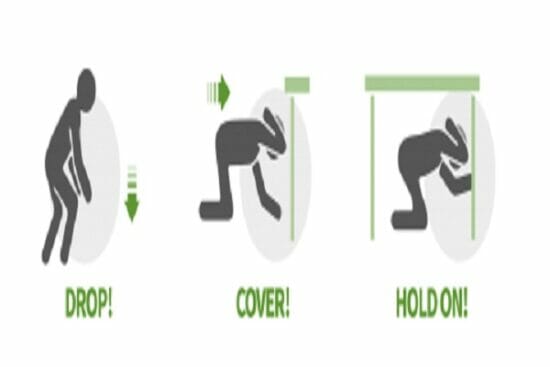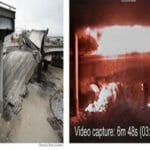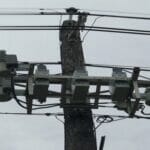No data found for Custom Course Number
No data found for Custom Course Units
Intended Audience: structural, civil, forensic and construction engineers
PDH UNITS: 3
Many regions of the United States are at risk of experiencing a major earthquake. Fortunately, the property destruction and personal injuries and deaths that might be caused by such an earthquake can be significantly reduced, if known structural and other weaknesses found in many private homes are fixed prior to the occurrence of the quake. This course identifies particular weaknesses and recommends specific, practical methods with which homes can be modified to prevent failure. Ranges of costs for each particular modification are provided. The course material includes pictures of deficient building components and of earthquake damage caused by failure of the components. Safety procedures to be followed during and after an earthquake are also listed. An engineer mastering the material in this course would have an excellent background for making presentations on earthquake preparedness to civic groups, building commissions, juries, insurance companies, homeowners associations, schools, and similar organizations. This course is based on the technical publication: "Earthquake Safety Guide for Homeowners," FEMA 530, September, 2005.
Learning Objectives
At the successful conclusion of this course, you’ll be able to identify and discuss:- Earthquake hazards in the United States
- Unsecured water heaters
- Homes not anchored to foundation
- Weak crawl space walls
- Pier-and-post foundations
- Homes built on steep hillsides
- Unreinforced masonry walls
- Rooms over garages
- Unreinforced masonry chimneys
- Homes with unique designs
- Natural gas safety
- Geologic hazards
- What to do before, during, and after an earthquake
Course Reviews
5
- 5 stars1
- 4 stars0
- 3 stars0
- 2 stars0
- 1 stars0
Once completed, your order and certificate of completion will be available in your profile when you’re logged in to the site.











Very good practical information and supporting case studies.